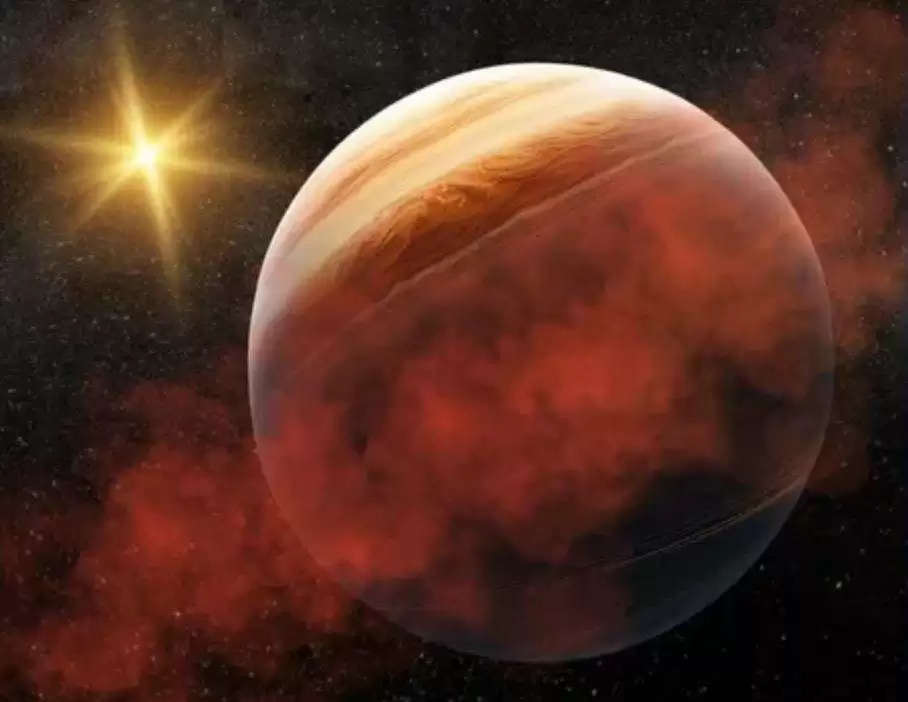The lightest planet outside the solar system is 3.2 times heavier than Jupiter, James Webb Space Telescope took a historic photo

Science News Desk – The James Webb Space Telescope (JWST) has won the battle against time. It has captured the image of AF Leporis b, the lowest mass exoplanet (planet outside the solar system) so far. Of all the exoplanets JWST has photographed so far, this planet is the closest to its star. JWST had very little time to photograph the planet, otherwise it would have been lost in the brightness of its star. Then perhaps we might not get a chance to see it for the next 10 years.
This planet named AF Leporis b is special in many ways. In 2023 it became the lowest mass planet outside the Solar System directly observed. After this it became the lowest mass planet whose mass was measured through ‘astrometry’. This is a technique that tracks the movement of a star over many years, so that the ‘wobble’ caused by the gravitational pull of the orbiting planet can be identified.
AF Leporis b is 3.2 times heavier than Jupiter
AF Leporis b is a very young planet, estimated to be only 23 million years old. In comparison, the age of the Earth is considered to be 4.6 billion years. AF Leporis b has 3.2 times the mass of Jupiter. Its width is 1.2 times that of Jupiter. According to scientists, this exoplanet is located 88 light years away from Earth.
Why such a blurry picture?
Researcher Kyle Franson said in a statement that although JWST is very sensitive, it is smaller than our largest telescope on Earth. Things appear blurry when viewed from longer wavelengths. Since AF Leporis b is 88 light-years away from us, JWST sees it as a small, faint dot. Astronomers have been able to know a lot about this planet from this. According to scientists, the atmosphere of AF Leporis b is very active. Convection currents keep mixing elements in its upper and lower levels. The research team also found the presence of carbon monoxide much more than expected. The results of his research have been published in ‘The Astrophysical Journal’.

